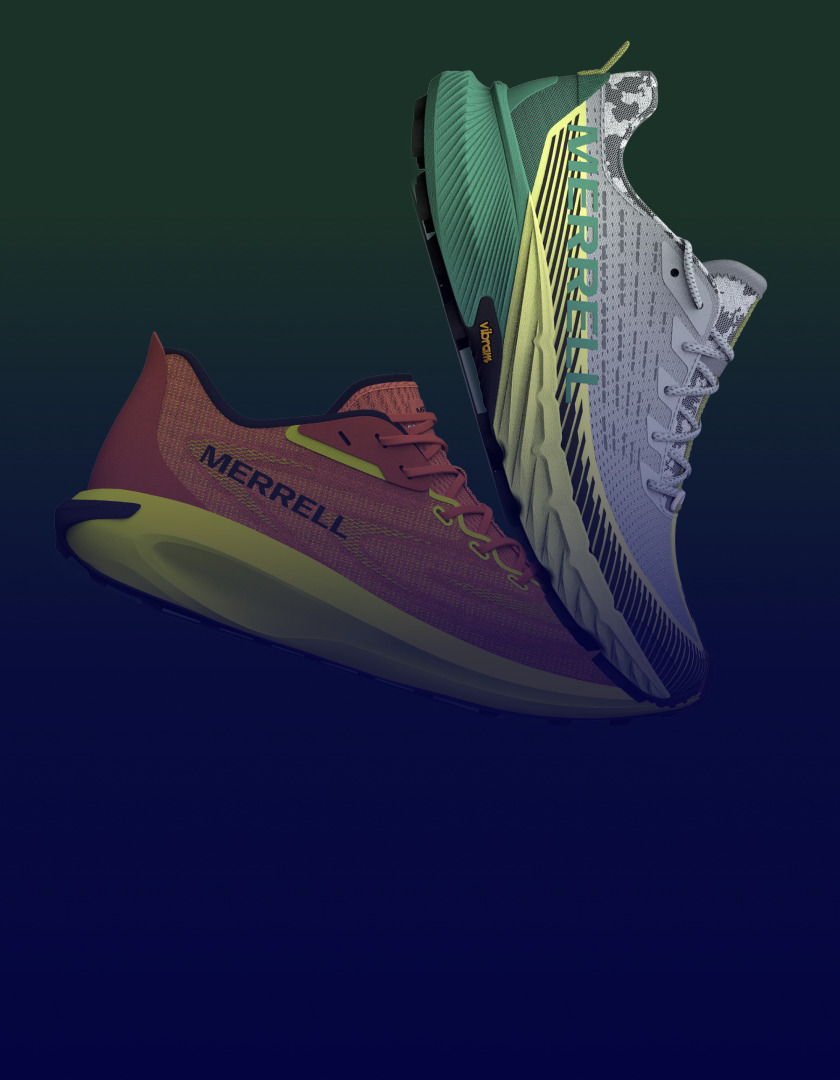Reflecting on a Decade
“We’ve transitioned as a company from literal pen and paper as our medium of product information storage, to a globally used digital solution.”
VP of e-Commerce at Arden Companies Alex Thomson describes how far they have come. Partners with Centric for over a decade, Thomson talks about the changes over that time. “When I joined the company, we had a legacy ERP system, but all of that infrastructure and the processes surrounding it have really modernized in that time, actually starting with Centric PLM™ leading the charge of that modernization.”
Evolution Over Half a Century in Business
Kyle Sharpe, VP of Global Procurement at Arden Companies, gives some background on the business. “Arden was founded in 1964 and privately held until 2019, when we were acquired and joined the Central Garden & Pet family of companies. Arden is a leading outdoor cushion and pillow provider here in the US, Canada and Mexico. Lowe’s, Home Depot, Walmart are a few of our key customers, and we also have a very robust e-commerce business. We produce both retailer private label brands and also our own national brands.” Arden has 12 facilities across the globe with four manufacturing sites in the U.S.
Three Challenges to Scalability
According to Arden, core to driving productivity within the organization is scalability. Thomson says, “We reached a certain size about 10 years ago where the scope and scale of the programs that we were supporting had really exceeded our capability of managing them through any old-fashioned method, no matter how robust the process was supporting that.” The three areas of focus to enable scalability were:
- A definitive single source of truth
- Process to launch
- Cohesive supply chain
Thomson says that information was scattered everywhere: in files, spreadsheets, emails and with various people. “There wasn’t a way to cohesively understand what is the real truth of a product. In our launch process once we got to manufacturing, it was there through our ERP, but leading into that, it was really scattershot. We needed a definitive single source of truth.”
From Cushions to Fabrics
Arden has branched out into offering retail outdoor fabrics. Says Sharpe, “Roughly three years ago we went aggressively into the fabric space. We knew that there was a gap in affordable, premium fabrics that have much more durability and performance than the market standard. We introduced EverTru® in 2017, an acrylic and solution-dyed polyester (SDP) fabric. Today, we have an annual full line of acrylics and SDPs, and we work directly with over 30 of the top furniture makers in the world for retail and specialty customers.”
Thomson agrees. “EverTru fabrics provide leverage with our retail customers in that we can support them with a full vertical operation from the design, development and production management of the fabrics all the way to the finished product.”
Digital and Sustainable
In 2016, Arden made the decision to commit to e-commerce. That meant loading several hundred more products and all their accompanying attributes numbering in the hundreds of thousands, into PLM to carry out the vision. It paid off, quickly becoming an integral part of their business. When Covid-19 shut physical stores down, Arden’s e-commerce operation online site was able to easily handle the traffic due to the infrastructure already in place.
Thomson explains how their own Selections brand of outdoor cushions and pillows fits into the traditional retail market and into e-commerce. Arden is supporting some of their core retailers’ online sites. “We’re excited to see our Selections brand grow, and key to that is our being able to manage items that exist at multiple retailers at the same time.” Previously, the model was a narrow assortment of one set of items per private label retailer. Thomson says, “This was the first time that we took product across multiple retail companies at the same time, which drove its own complexity.”

PLM is contributing to sustainability practices. Thomson says, “In the e-commerce space, we’re seeing the desire to reduce one’s carbon footprint. To that end, we’ve launched our ProfoamTM cushion line, which ships in a compressed format, reducing freight and the cost to the consumer along with a reduction in carbon emissions. We’re also focusing on durability for long-lasting products. Our company has really evolved since its inception and a central part of that is being able to manage our data and understand how that data flows over time.”
The PLM Progression
Thomson says, “It’s been a journey over the last decade that we’ve been working with Centric Software. At the very beginning of our PLM experience, it was all about product data management for us. We have hundreds of attributes for any given product in our portfolio. At the time we were managing maybe 45 to 50 attributes, and we were doing it by spreadsheets, email, and paper files sitting in a cabinet. We brought that all together with the help of Centric at the time of implementation, into a 21st century digital system, which gave us tremendous visibility. Then we started layering in different functionality of Centric PLM over a 12-year period, even working with Centric from time to time to suggest where we wanted to go with PLM as it would affect our industry.”
The layering followed this trajectory: in the beginning, Arden used PLM for product data. They then moved pretty quickly into product costing. Then product development followed, defining engineering specifications, sampling requests and also the post-product development process before launch. As the supply chain expanded, PLM enabled international sourcing and the visibility into the process that they needed. With e-commerce, Arden started using the system in a more robust way, which remains in place today. Thomson says,
We continue to find new ways to leverage process and technology with Centric: the partner we selected to grow with and think about our business several years from now, not just what’s coming up in the next 18 months.
PLM Continues to Bring Benefits
“The ability for PLM to keep records of past season products, material attributes, fabric requests and drawings is incredibly useful when we need to look back on a certain season from a few years ago to find specific information about a material or a product,” says Sharpe. “It’s super critical to be able to do that.”
Sharpe explains how a tracking number in PLM is assigned to a fabric as soon as it is created, and material attributes like fabric composition, yarn, width, weight, producing mill, customer, timeline, date of development and approval are assigned to it. When it goes into a retail program, it then gets a formal part number and information like annual volumes, plant locations and other pertinent data as it relates to the program itself is added. “The great thing about this is, all of those original attributes are tied into the parent part number, so you can always go back and track the actual development of a formal part number if you needed to, down the road”.

“Aside from the general materials library, I use it for all of our customer sample yardage requests. When our Asia office comes into work in the morning, they can see all the requests my team submitted the day before since it’s a live system. I’ve created custom views which track all of our active fabrics that are in all the programs—their progress through the stages of pre-production, and then over into bulk production. I can see the status of these active items at any time.”
When asked which departments are using Centric PLM, Sharpe says, “I can’t even come up with what teams don’t use PLM! There’s so much critical information in PLM related to our customers, our suppliers our retailer programs, all of our fabrics and items.” He begins to list the teams. “Supply chain definitely, compliance, customer service, sales, engineering, IT, textile designers, our entire Asia office. So, I honestly cannot think of one…” Thomson concurs. “Everybody, even our president sometimes uses PLM to reference information.”
New to Centric PLM? Learn more
What is Centric Pricing & Inventory? Learn more
What is Centric Market Intelligence? Learn more
Centric Visual Boards Learn more















